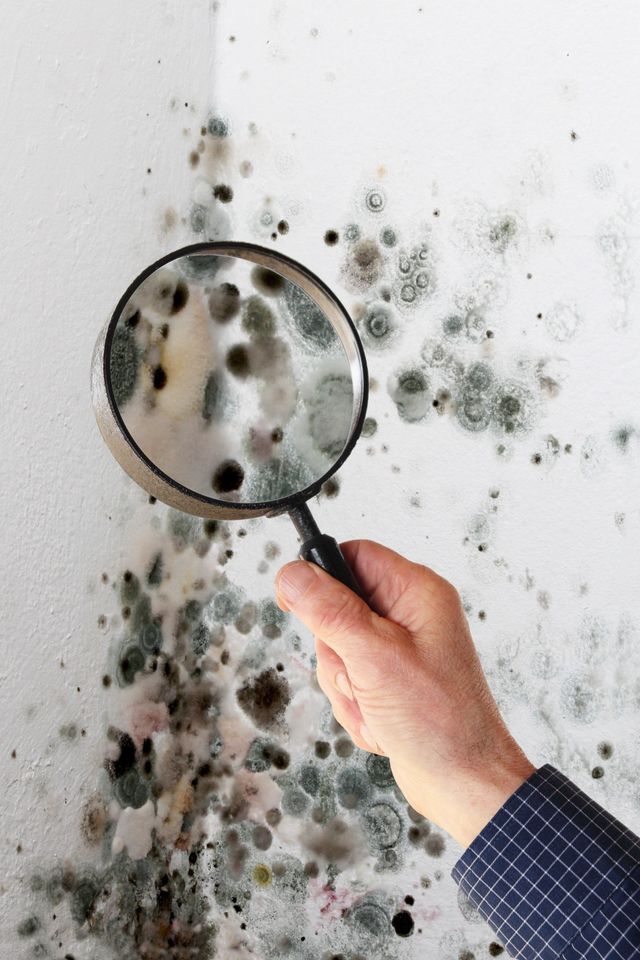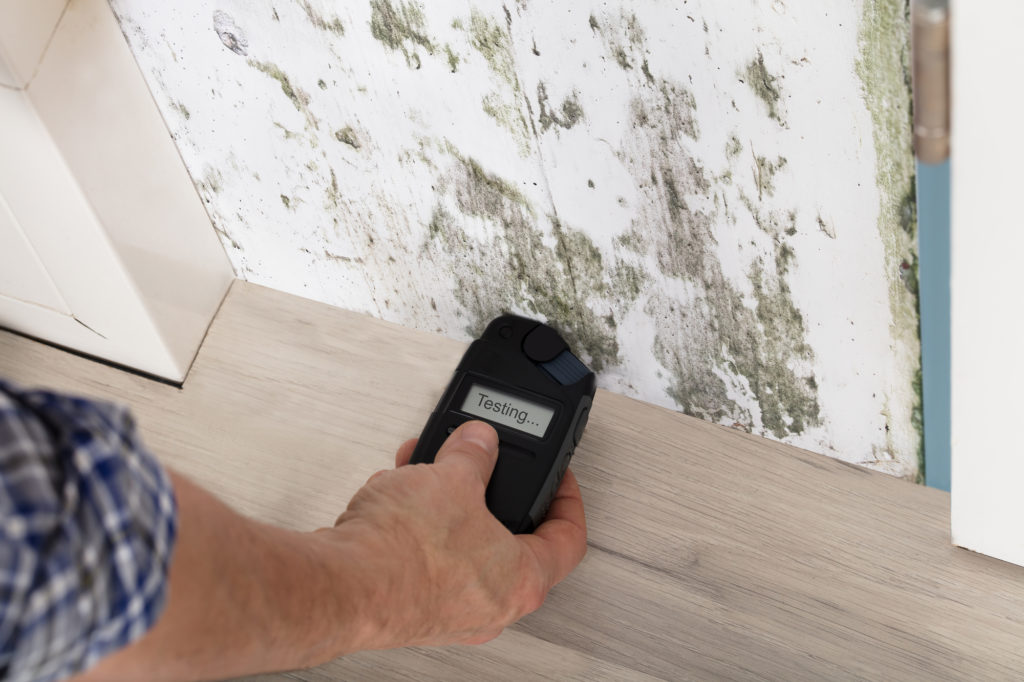Comprehensive Post Mold Remediation Procedures
Comprehensive Post Mold Remediation Procedures
Blog Article
Your Ultimate Guide to Article Mold And Mildew Removal Methods
In the after-effects of mold invasion, recognizing just how to efficiently eliminate the mold and mildew and avoid its reoccurrence is paramount for keeping a healthy and balanced interior setting. From picking the ideal cleaning and decontaminating methods to implementing strategies for long-lasting mold and mildew avoidance, each action in the remediation journey plays an important role in making sure a successful result.
Understanding Post-Mold Remediation Process
After completing the mold and mildew removal process, it is essential to understand the post-mold removal methods that are essential to make sure a reliable and complete clean-up. Once the mold and mildew has been removed, the next action involves cleansing and sanitizing the influenced areas to avoid any regrowth of mold and mildew. This consists of using specialized cleansing agents to wipe down surfaces and kill any kind of staying mold and mildew spores. It is important to dry the area totally to prevent the growth of mold in the future (Post Remediation verification). Correct air flow and dehumidification can assist in this procedure.
Moreover, conducting a last inspection post-remediation is vital to guarantee that all mold and mildew has actually been effectively eliminated. If the inspection reveals any lingering mold, added removal may be needed.
Reliable Cleaning Up and Decontaminating Approaches

Protecting Against Future Mold Growth

Relevance of Correct Ventilation
Correct air flow plays an important function in protecting against wetness accumulation, a crucial consider mold growth within interior atmospheres. Efficient air flow systems aid remove excess moisture from the air, minimizing the possibilities of mold spores locating the moisture they require to sprout and spread out. Without adequate ventilation, interior areas can come to be a breeding ground for mold and mildew, leading to prospective health and wellness risks and structural damage.
By guaranteeing correct air flow, air flow systems can additionally assist in drying out wet locations faster after water damages or flooding occurrences, further preventing mold growth. Post Remediation verification. In rooms like restrooms, cooking areas, basements, and attic rooms where dampness levels tend to be higher, mounting and keeping efficient air flow systems is critical in stopping mold and mildew problems

Surveillance and Maintenance Tips
Offered the essential function that appropriate air flow plays in protecting against mold development, it is important to develop efficient tracking and upkeep pointers to ensure the ongoing performance of ventilation systems. Regular evaluations of air flow systems need to be conducted to look for any signs of obstructions, leaks, or malfunctions that might hamper proper airflow. Tracking humidity levels within the residential or commercial property is also essential, as high moisture can add to mold development. Setting up a hygrometer can aid track moisture degrees and alert property owners to any spikes that might need attention. In addition, making certain that air filters are routinely cleansed or replaced is vital for maintaining the effectiveness of the ventilation system. Carrying out a routine for regular upkeep jobs, such as duct cleaning and a/c system assessments, can you can try these out assist protect against issues before they escalate. By remaining aggressive and alert to the problem of ventilation systems, homeowner can successfully minimize the risk of mold regrowth and maintain a healthy interior atmosphere.
Conclusion
In verdict, post-mold removal techniques are vital for guaranteeing a risk-free and clean setting. Recognizing the procedure, implementing reliable cleansing and sanitizing methods, avoiding future mold development, maintaining proper ventilation, and regular tracking are all critical actions in the removal process. By complying with these standards, you can effectively remove mold and mildew and stop its return, promoting a healthy living or functioning room for all owners.
In the aftermath of mold and mildew infestation, understanding exactly how to effectively eradicate the mold and mildew and avoid its reoccurrence is critical for maintaining a healthy and balanced interior setting. Once the mold and mildew has actually been eliminated, the description following action involves cleansing and disinfecting the affected areas to prevent any type of regrowth of mold - After mold remediation. After getting rid of visible mold development, it is critical to clean all surfaces in the damaged location to remove any remaining mold spores. To better boost mold and mildew avoidance steps, it is crucial to address underlying concerns that originally led to mold and mildew development.Provided the vital function that proper air flow plays in protecting against mold and mildew growth, it is necessary to develop efficient tracking and upkeep tips to make certain the continued performance of ventilation systems
Report this page